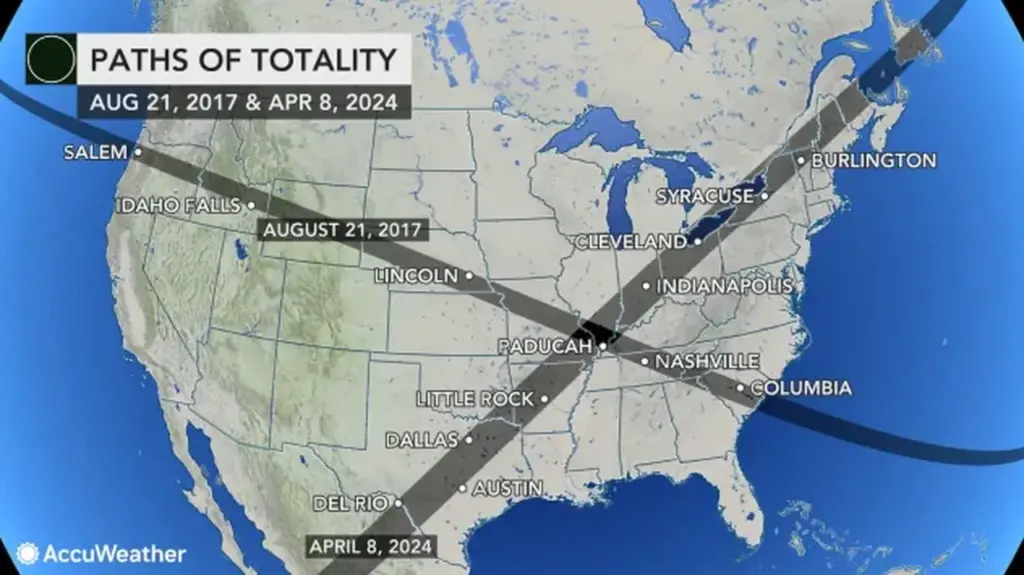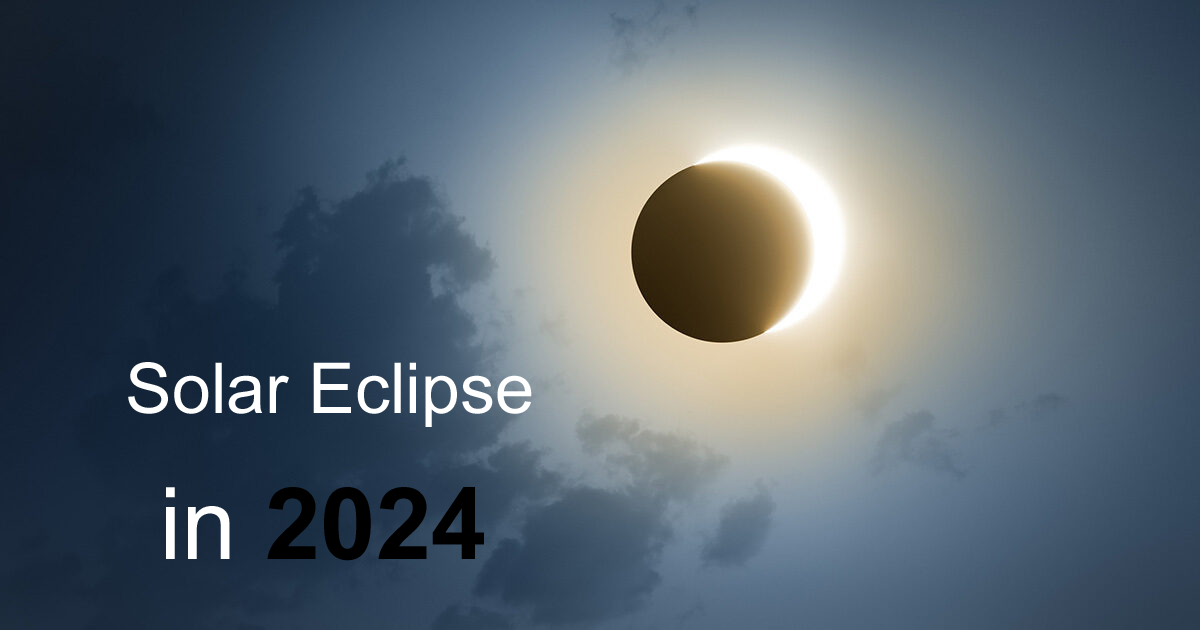Solar Eclipse in 2024, Why All Will Be So Extraordinary: When the previous complete solar eclipse occurred in North America, the sun was not very active. The eclipse this year will be highly distinct.
Table of Contents
Totality moment of the 2017 solar eclipse
Even for people who were fortunate enough to witness the sun’s display in 2017, the complete solar eclipse that takes place in April this year is expected to be breathtaking in many ways.
Since total solar eclipses only happen once every eighteen months or so, and many of them are only visible overseas or other similarly unreachable regions, every eclipse that occurs over a heavily populated area is reason for celebration. The complete solar eclipse that will occur over North America Solar Eclipse in 2024, however, will occur close to the sun’s zenith in its activity cycle. In comparison, the sun was almost at its minimum activity during the previous major eclipse in the United States, which happened in August of 2017.
Sanjay Gosain, a solar scientist at the National Solar Observatory in Boulder, Colorado, believes comparing the two will be enjoyable.
2017 Magical Moment
It was momentarily safe to view the convergence with bare eyes during the 2017 magical moment of totality when the moon was perfectly positioned over the disc of the sun’s visible surface. This allowed us to witness the breathtaking sight of our home star’s atmosphere, or corona, drawing a shallow smear of white around the moon’s blackness, marked by a few shining spikes.
Numerous scientific devices aimed at examining the solar corona and magnetic field have started to function since the 2017 eclipse. Specifically, the European Space Agency launched its Solar Orbiter mission to observe the sun’s poles, NASA sent the Parker Solar Probe to go deep into the sun’s corona, and the National Solar Observatory opened the Daniel K. Inouye Solar Telescope on the Hawaiian island of Maui.
Star’s 11-year cycle
A comparable total solar eclipse is scheduled to occur in April, spanning across a different region of North America that includes upstate New York, Maine, Texas, Texas, Arkansas, Indiana, and Ohio. However, because this eclipse occurs close to the other end of our star’s 11-year activity cycle, the elusive glimpse of the sun’s corona won’t appear the same.
The path of solar eclipse in 2024

The path of totality for the solar eclipse on April 8, 2024, is shown as a band over a map of the North American solar eclipse in 2024. In a mere hour and thirty-five minutes, the moon’s shadow crosses the continent from Sinaloa, Mexico, to Labrador, Canada, traveling northeast along the way.
Solar scientist Lisa Upton of the Southwest Research Institute in Boulder, Colorado, said, “The eclipse that we have coming up Solar Eclipse in 2024 is going to be a very different eclipse from what we saw in 2017 because this corona that we see is going to have much more structure.”
Magnetic Field is in a lull
The solar magnetic field, which twists and unwinds every eleven years, controls the sun’s activity, which is determined by the number of dark areas on the star’s surface known as sunspots. The sun’s magnetic field is robust and well-organized, with neat magnetic poles at the top and bottom of the star, even when the sun is at its quietest and without sunspots. The magnetic field of the sun is in a lull at its most active moments, when a procession of sunspots dances over its surface, and each pole of the star has almost no magnetic field at all.
Solar scientist Madhulika Guhathakurta of NASA said that the present abundance of sunspots and the absence of magnetic poles indicate that solar maximum is either here now or coming soon. According to Guhathakurta, “the solar cycle dramatically alters the shape of the corona.” Scientists anticipate that, in contrast to a calmer solar eclipse in 2024, this one will show a bigger corona with more jets and spike-like features.
Prediction of “Space Weather”

There are far more dire implications to comprehending the sun’s activity than just taking in the many coronal displays. Solar activity radiates throughout the solar system and can disrupt power grid operations on Earth as well as communication and navigation satellites in space. Although there isn’t much notice of these effects right now, scientists are trying to improve their capacity to forecast this “space weather.”
Solar eclipse is a once-in-a-lifetime
Nevertheless, Guhathakurta notes, that a complete solar eclipse is still a once-in-a-lifetime chance to learn about the sun. this is because, during an eclipse, no equipment can see the corona in visible light that is thus near to the sun’s surface. They are precisely the observations that scientists want to get a deeper understanding of the interactions between the star’s magnetic field and corona, as well as the potential effects of these phenomena on satellites circling Earth. This is part of the reason that scientists, regardless of the sun’s activity, swarm to every complete eclipse and hope that others do too. According to Guhathakurta, “total solar eclipses are always exciting.” “It will transform you.”













